Home Hi-Tech Drones and UAVs ,,,,, The drone fashion is not a novelty now, yet the positive trend has never ceased. There are so many exponents on the market, available for all budgets. It even starts from a few euros, to get to more important motorcycle figures. Among the consumer products there are DJI ones, at affordable prices, albeit still high, and then there is Xiaomi, which with the Mi Drone 4K tries to offer maximum quality at a really interesting price. On GearBest it has an average price of about 350 euros, which would immediately make you think of a toy. This is not the case, on the contrary. Here is the result of our tests.
How it's done
You immediately notice the goodness of the product right from the sales pack. Beyond the obsessive attention to detail (even the adhesive tape that seals the package is branded Xiaomi), you immediately notice the excellent construction of the drone. The plastics used are of excellent workmanship, the drone is solid, and even the four arms, which apparently may seem delicate, are actually very usual. The writer is in possession of a more expensive Phantom 3 Advanced, and from the construction level the two quadcopters are absolutely comparable.
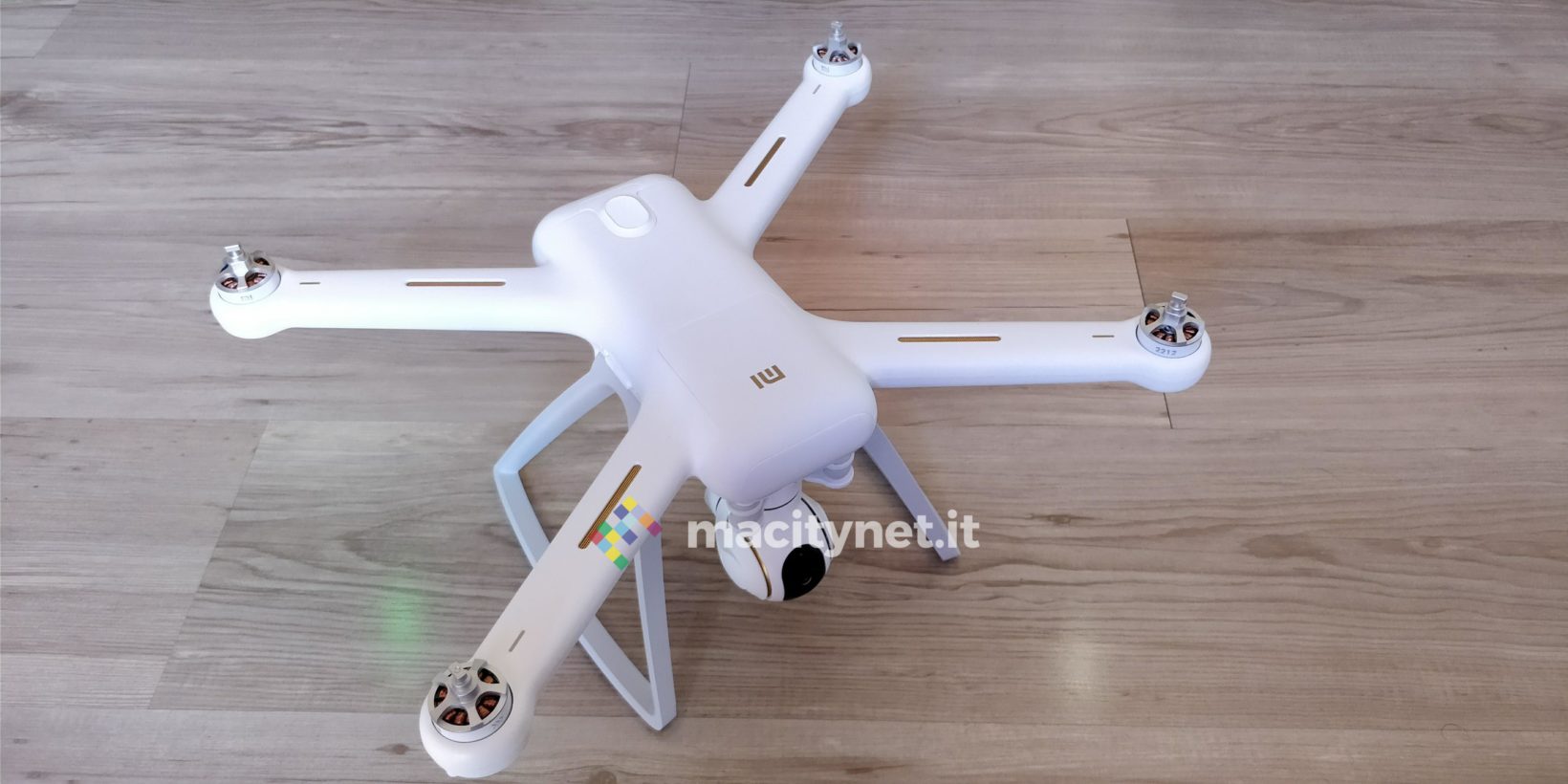
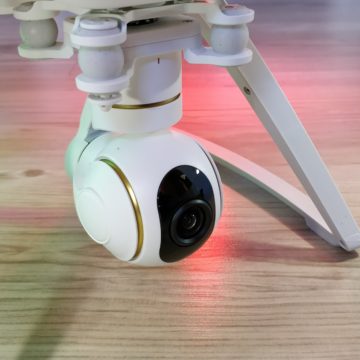
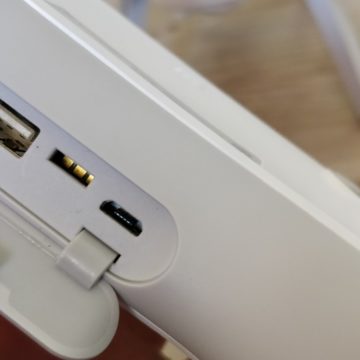
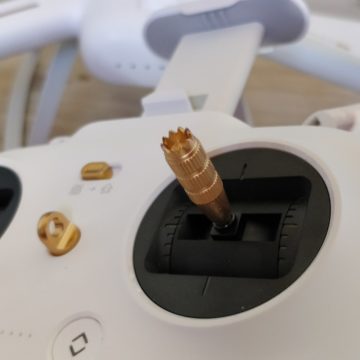
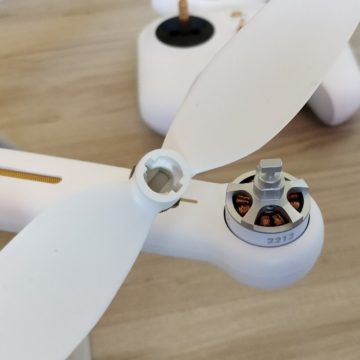
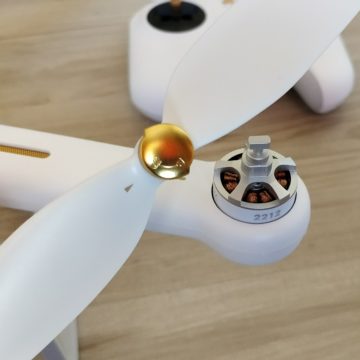
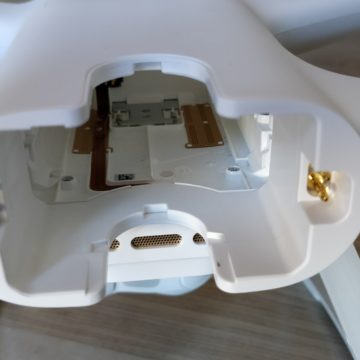
The most obvious difference concerns the camera: fixed on DJI drones, removable on this Mi Drone 4K. The advantage is easy to say: it is easily replaceable, in the event of a fault, and can also be used on the ground, with a special stabilized gimbal. The only aspect of the camera that can be improved is the MicroSD insert, a bit awkward to reach, to extract and insert the memory card: you will have to be careful not to strain the camera's eye with sudden movements.
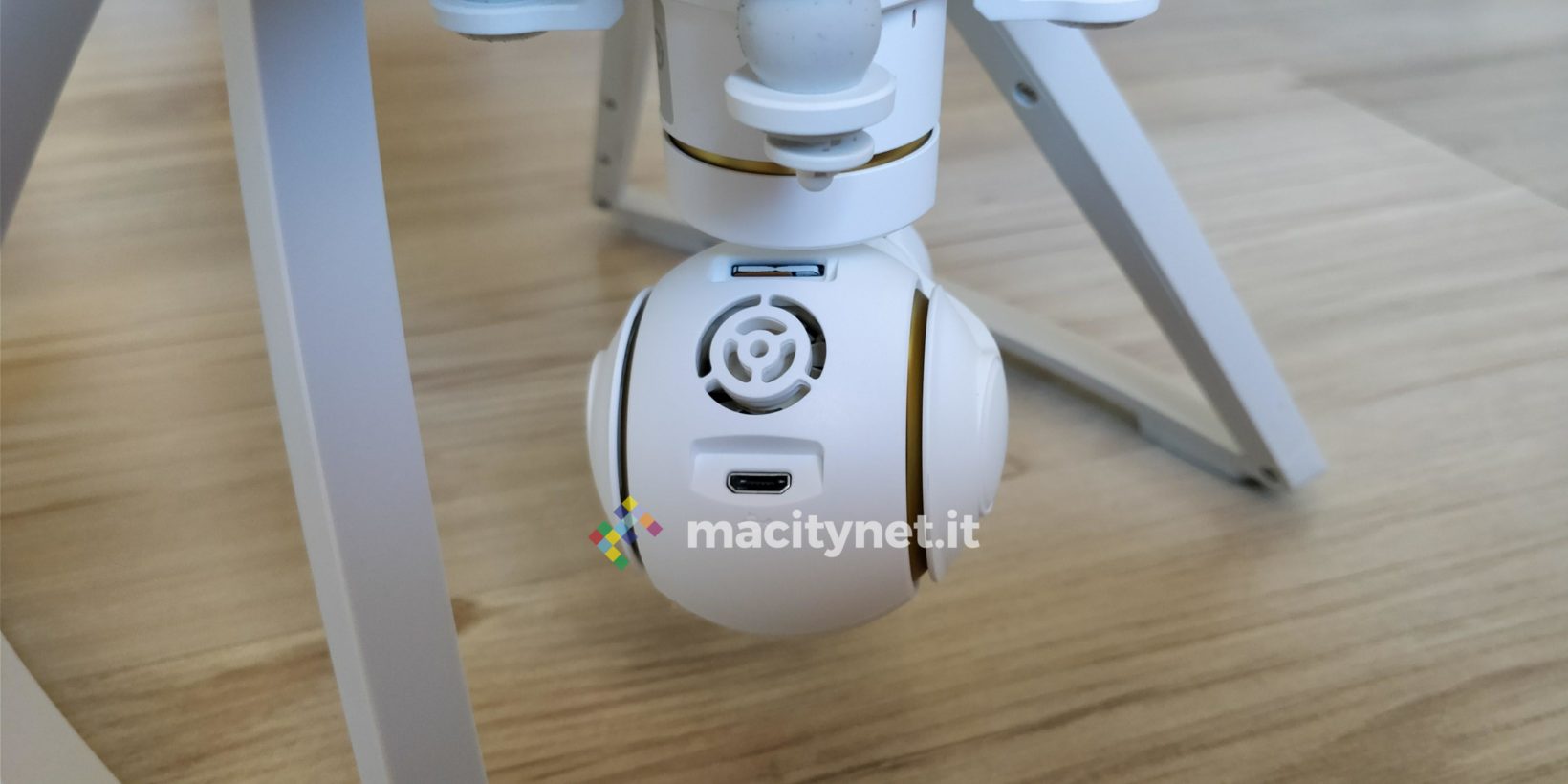
The drone arrives in its package already assembled, or almost. It will only be necessary to insert the camera module in the appropriate housing (no screwdrivers or special tools are needed), taking care to hear a click, which testifies to the entry of the camera. Obviously, before take off you will have to insert the battery, and mount the propellers. The latter have a well-studied, easy-to-use anchoring system: simply insert the propellers in place and close the “cap” as indicated on the tip of the propellers.
On the set of 8 propellers inside the package, at least in our case, some are not well balanced. It is immediately perceived in the face, due to a very strident whistle. Fortunately, as will be said shortly after, this does not affect the flight in any way: the drone is absolutely stable, and the images recorded by the cameras are absolutely stable, still and precise, without the slightest “jello” effect.
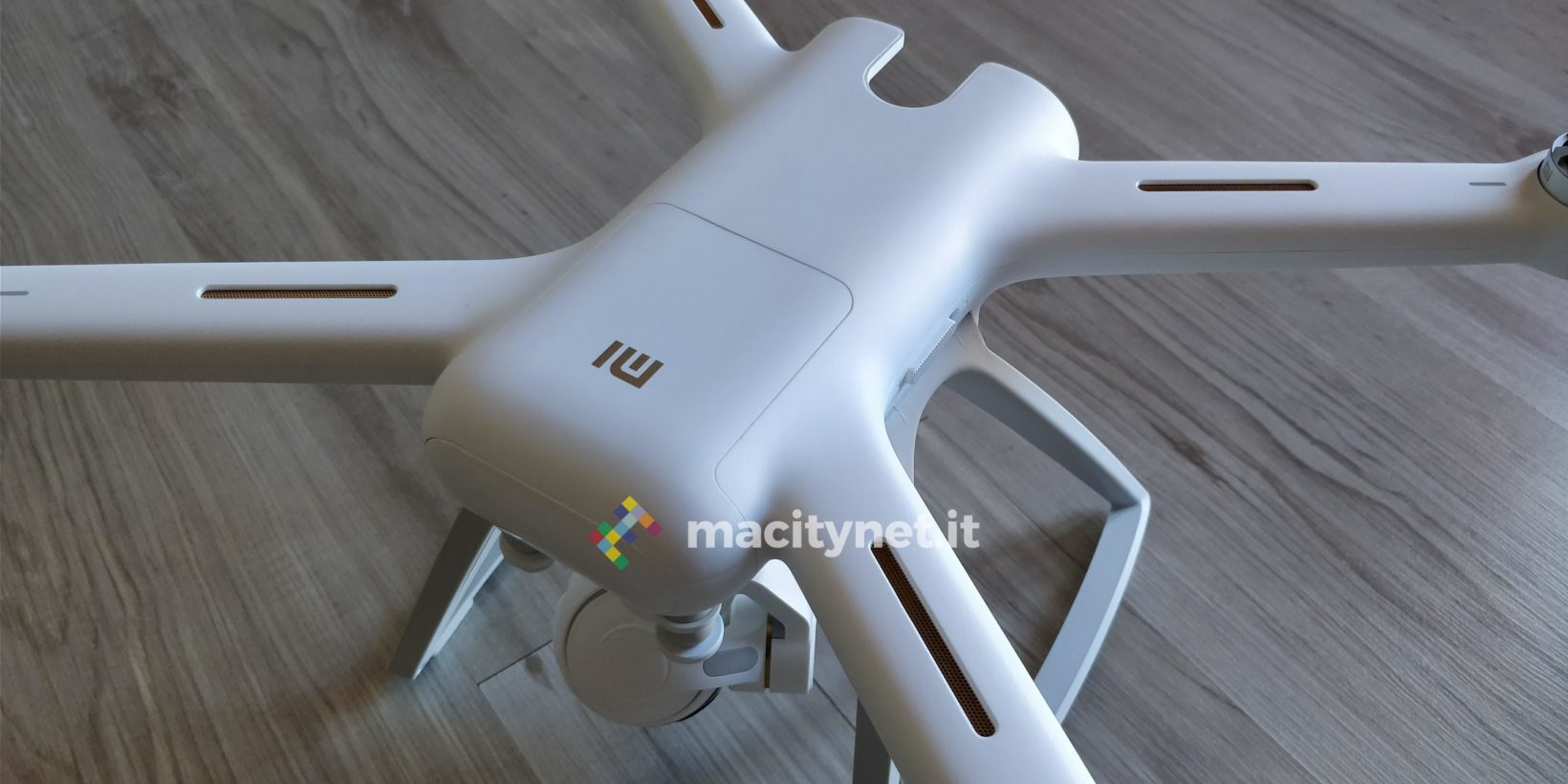
As already mentioned, both aesthetically and in construction, the drone has nothing to fear compared to a DJI Phantom, being able to stand the comparison with the entire Phantom 3 series very well. It has dimensions of 38 x 45.50 x 17.00 cm, making it slightly wider of a Phantom. The landing gear can be reclined, but only manually, which could be useful for transporting it with less bulk, not for the flight itself.
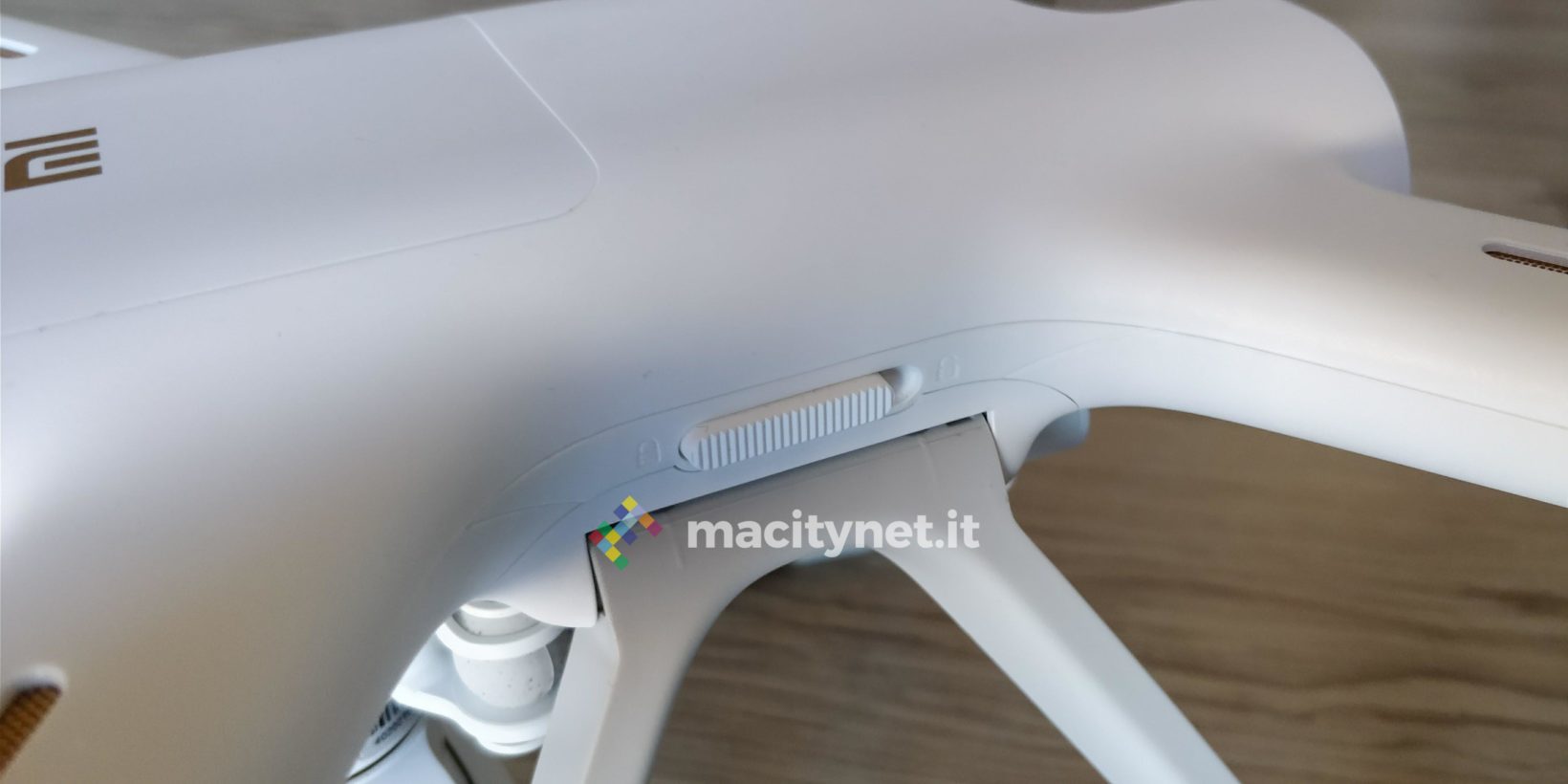
From an aesthetic point of view, Mi Drone 4K (like the 1080p model) absolutely reflects the philosophy of the Chinese company, now also appreciable in the smartphone field. Essential and minimal lines, which once again confirm how Xiaomi can be compared to a “Chinese Apple”.
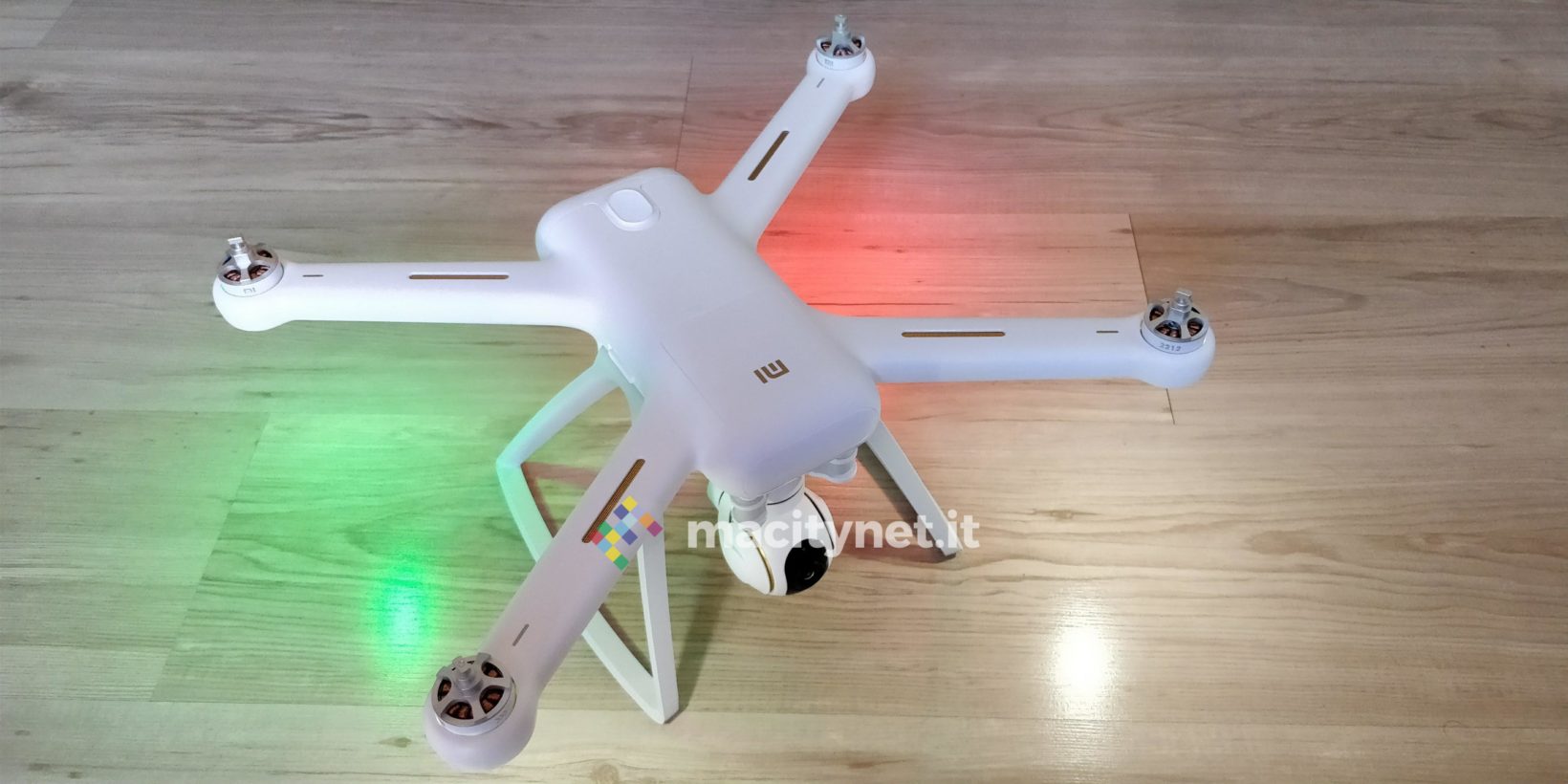
Technical features
Even the technical characteristics have nothing to envy to higher-end drones, so much so that Mi Drone 4K can be easily equated with a Phantom 3 Advanced or even Pro. During our tests we compared it with a Ph3 ADV and , although in some respects it is inferior, in others it is also superior. Among the first certainly the application, much leaner and simpler than the DJI one, as well as the remote control, which for example does not allow to host a tablet, having enough space only for the smartphone.
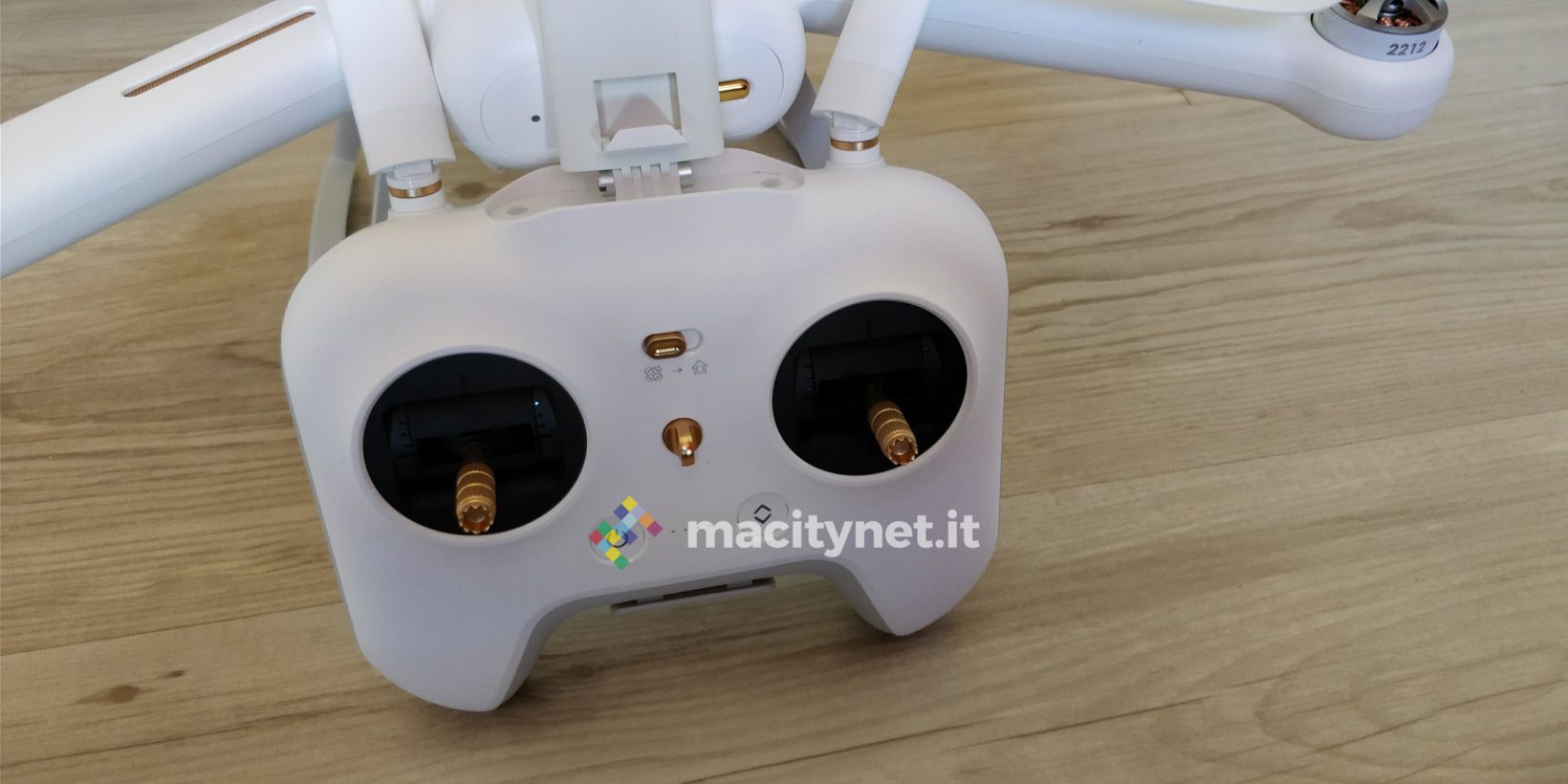
As for speed, it enjoys a maximum ascent speed of 6m / s, while the descent speed is 1.5m / s; in flight, on the other hand, it even reaches 18m / s. From the app settings altitude and flight range are limited to 120 and 500 meters respectively. The first parameter can be changed to your liking, both on iOS and Android, while the 500-meter limit requires an iPhone to be deleted (once deleted, it will no longer be present on Android too).
During our tests we pushed it over 1 Km away, without any problems (except for micro lag in the video stream), but the range varies according to numerous variables, such as the flight area, the presence of obstacles, or any magnetic fields, even temporary ones. However, the official specifications report a flight distance of around 4000m. Thinking of reaching it seems unlikely (even if there are videos on the net that prove it), but perhaps in optimal conditions the enterprise is feasible (even if not recommended considering the ENAC regulations in force).
The 5100mAh battery is also considered good, which on paper should last about 27 minutes, but which actually runs around 20-22 minutes, again depending on the flight conditions.
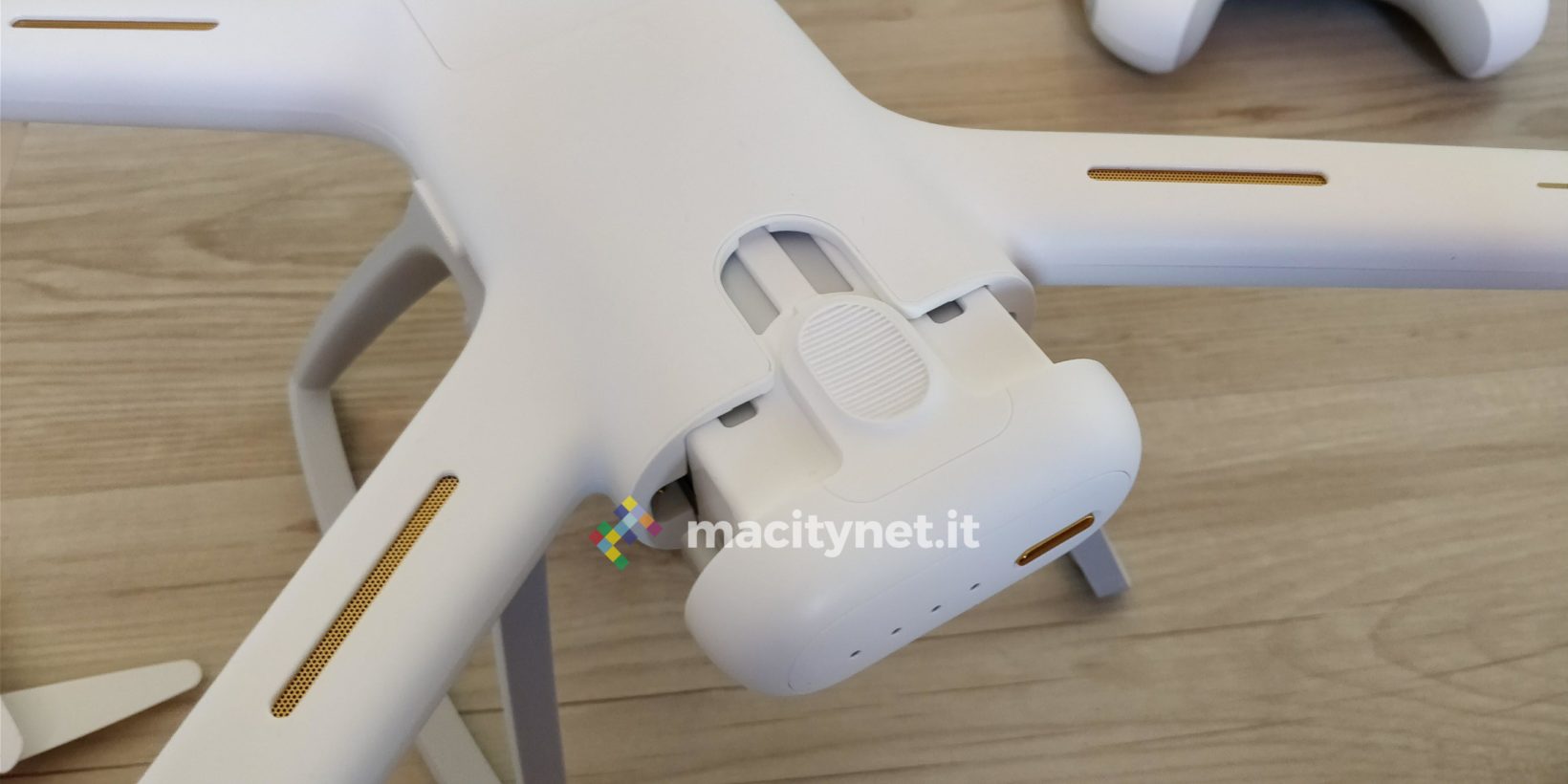
Naturally it mounts a three-axis gimbal, which is used to return images absolutely devoid of “pudding effect”. For the cost of the drone, the quality of the videos is surprising, always stable, free of obvious smudges: even in strong wind conditions the gimbal does its job very well. The removable camera is equipped with a FOV 94, f / 2.8 lens with a focal length of 3.7mm, sensor: 1 / 2.3inch CMOS with 12.40MP effective pixels. It has an ISO range of 100-3200 for videos, and 100-1600 for photos, with a shutter speed of 8-1 / 8000s. It is capable of capturing images with a maximum resolution of 4000 × 3000, and recording video 3840x2160p 30fps, 2560x1440p at 60fps, or 1080p at 60fps. The video below, without post-production retouching, shows the real quality of the shooting offered by the drone.
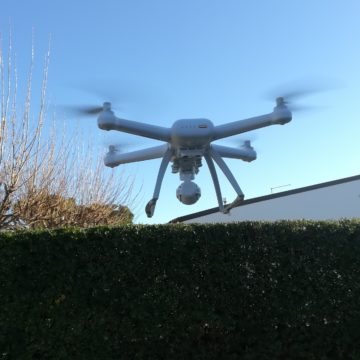
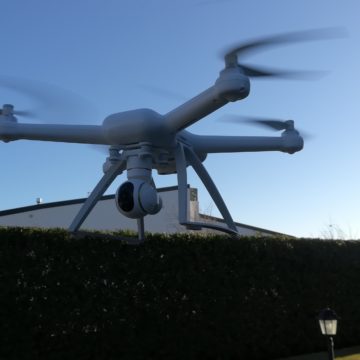
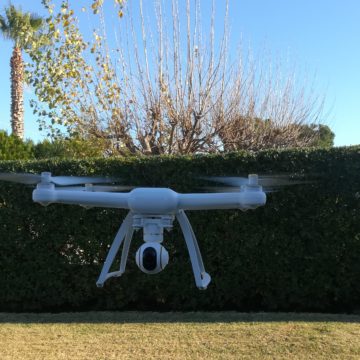
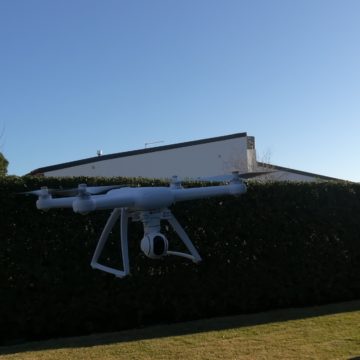
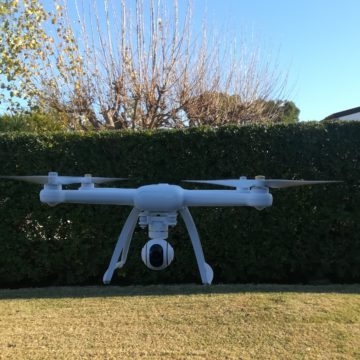
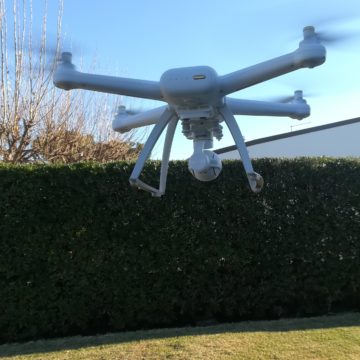
The drone has the most advanced control systems. In addition to the Vision Positioning system, for low-altitude or even indoor flights, the quadcopter is obviously equipped with a GPS module, which allows an absolutely easy flight, with the possibility of automatic return to the base, by pressing a single button on the radio control, which is automatically activated in case of signal loss. The drone has options for automatic take-off and landing, but does not have anti-collision sensors.
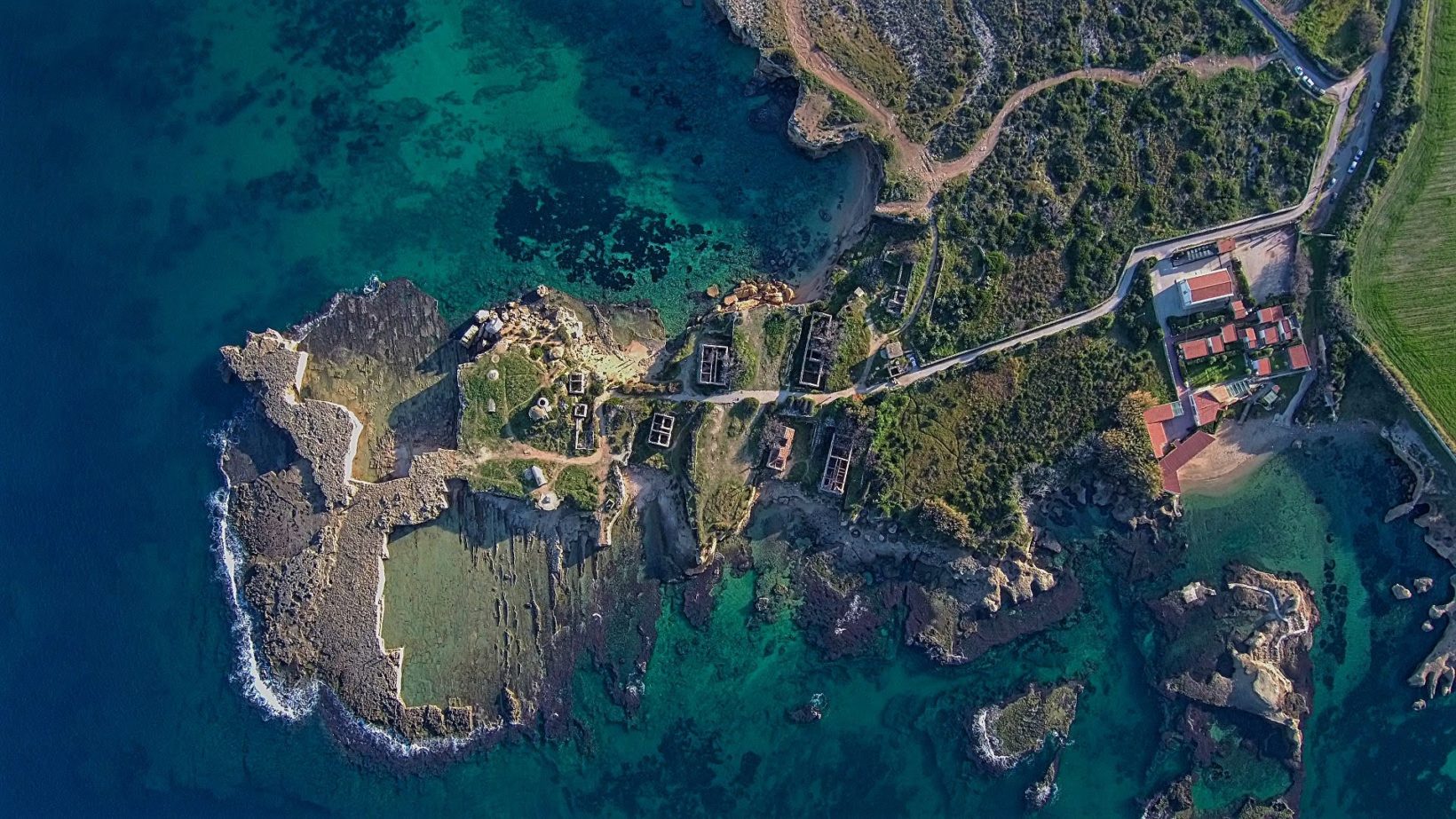 Shot with Mi Drone 4K
Shot with Mi Drone 4K
Mi Drone App
The Mi Drone app is certainly not developed like the DJI one, more complete and complex, but it still has everything you need for an enjoyable flight. On the screen there are all the information on telemetry, the possibility of switching between camera and map view, as well as a series of automatic flight functions, such as Orbit Mode (which runs inside a point of interest), or the Dronie, which allows you to take a video selfie, with the drone flying back and up completely automatically, keeping the camera's eye pointed at a specific subject.
To date, the Follow Me mode, loudly requested by the community, is missing. Furthermore, although numerous updates have improved the connectivity between smartphone and camera, during our tests, once or twice, it was necessary to restart the drone before being able to view the video stream of the camera on the smartphone.
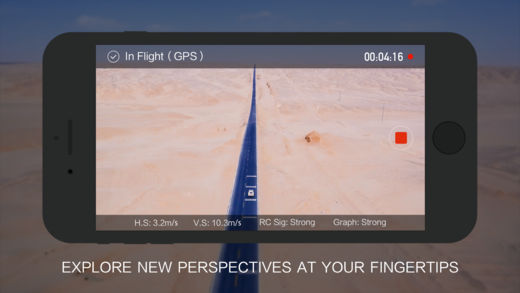
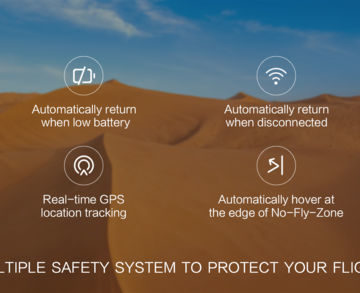
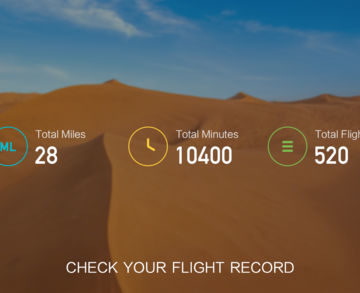
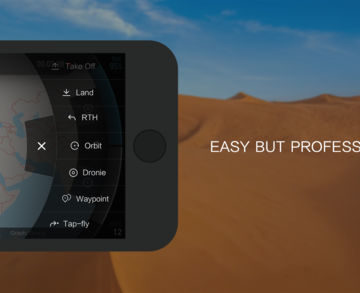
Conclusions
For just over 300 euros it is not possible to find a drone that is even remotely comparable to the Mi Drone 4K. Aesthetically valid, stable in flight and easy to maneuver, with a video quality certainly comparable to higher-end drones. There is no shortage of limits, such as some excess lag in the live feed, certainly not comparable to the DJI one, which thanks to the lightbridge provides better results. In any case, it is really the definitive drone, not only to start flying, but also for those looking for quality, spending very low amounts.
On GearBest the price is always around 340 euros. You can buy directly at this address.
PRO
AGAINST
,,





